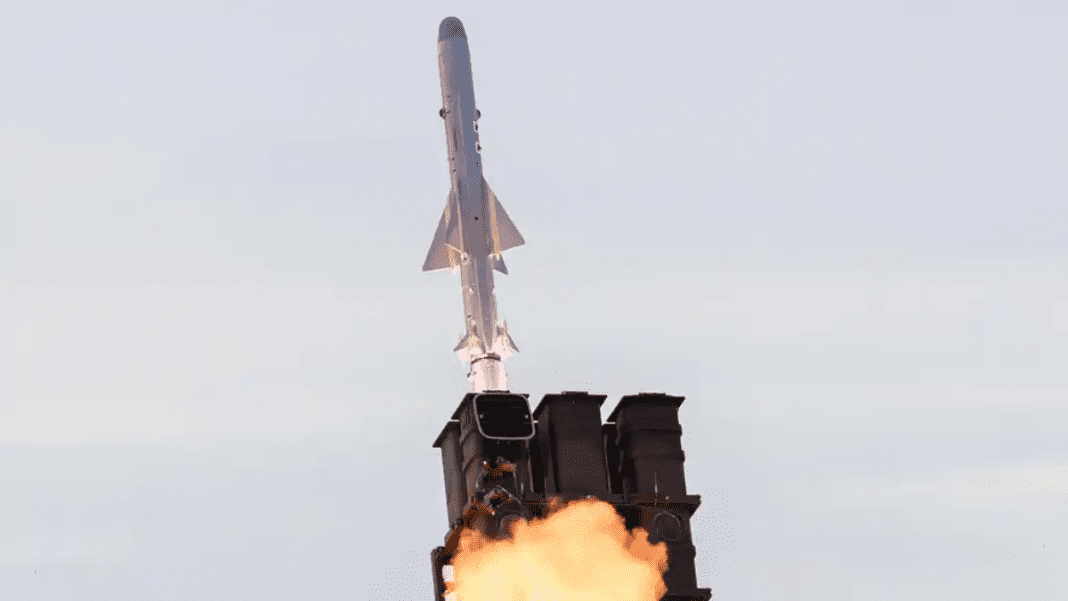Japan has confirmed that its Yonaguni missile deployment plan is moving ahead as expected, even as tensions continue to simmer between Tokyo and Beijing over Taiwan. Defense Minister Shinjiro Koizumi visited the country’s westernmost island, Yonaguni, where he explained that the new missile placement would help strengthen Japan’s protection at a time when its security environment is becoming more complex.
Yonaguni Missile Deployment Moves Forward as Regional Tensions Rise
Yonaguni sits only about 110 kilometers from Taiwan, making it one of Japan’s closest territories to the self-ruled island. During his visit, Koizumi emphasized that Japan needs the Yonaguni missile deployment to reduce the chances of the country being targeted in any conflict. He clearly stated that Japan is not trying to provoke anyone and rejected the idea that the deployment would increase tensions.
Japan plans to install medium-range surface-to-air weapons as part of the Yonaguni missile defense system. These missiles can shoot down enemy aircraft or intercept incoming missiles. They support Japan’s broader effort to strengthen military readiness across its southern island chain, where the risk of confrontation has grown because China continues to increase its military activities.
Officials in Tokyo say the Yonaguni missile deployment is crucial because China has continued to expand its presence in the region. Several moments in recent years have shown how quickly the situation around Taiwan could escalate, leaving nearby islands like Yonaguni vulnerable. Japan believes strengthening its defenses is the best way to prevent misunderstandings or sudden attacks.
Political Dispute Intensifies After Comments on Taiwan and Yonaguni Missile Concerns
Tensions rose after Prime Minister Sanae Takaichi mentioned that Japan could theoretically work with other countries if China attacked Taiwan. China reacted strongly, accusing Japan of interfering in its internal affairs and even applying economic pressure. Since China considers Taiwan part of its territory, Japan’s focus on peace and stability in the Taiwan Strait makes the Yonaguni missile deployment even more important.
Takaichi later clarified that her remarks were only hypothetical and did not change Japan’s official position. Despite this, China continues to demand a full retraction. During his visit to the region, Defense Minister Koizumi avoided discussing how a Taiwan crisis might affect Yonaguni, but the island’s position shows that the Yonaguni missile installation would play a central role in any conflict.
China slaps new ban on Japanese seafood — diplomatic clash over Taiwan sparks trade showdown
Koizumi also inspected military facilities on Ishigaki and Miyako. These islands host anti-ship missiles, surveillance systems, and ammunition storage sites that support Japan’s broader defense network. U.S. bases on Okinawa further strengthen this regional security structure.
China’s military actions have shown how close danger can come. During its large drills in 2022, held after U.S. Speaker Nancy Pelosi visited Taiwan, Chinese ballistic missiles landed just south of Yonaguni. This incident highlighted why Japanese planners consider the Yonaguni missile deployment a high priority.
Strategic Island Faces Risks and Local Worries
Although Yonaguni is known as a peaceful tourist spot, it now plays a key role in Japan’s national defense. The island hosts a radar station and, since 2024, an electronic warfare unit that disrupts enemy communications and missile systems, supporting the upcoming Yonaguni missile placements.
The U.S. military recently practiced moving supplies from Okinawa to Yonaguni, simulating how they would set up a forward-operating base during a crisis. This drill showed how the Yonaguni missile system strengthens the broader defense strategy shared by Japan and the United States.
Japan sends bold warning to China — Self-Defense Forces hold rare naval drills near Taiwan
During a meeting with Yonaguni’s mayor, Defense Minister Koizumi said Japan is facing its most serious security challenges since World War II. He emphasized the need to strengthen the Self-Defense Forces and expand cooperation with the U.S. across the Ryukyu island chain.
At the same time, Chinese state-run media have questioned Japan’s sovereignty over the Ryukyus, and their coverage has worried local residents who fear being caught in a conflict. While they understand the need for stronger defenses, many wonder whether the Yonaguni missile deployment could make their island a potential target.

